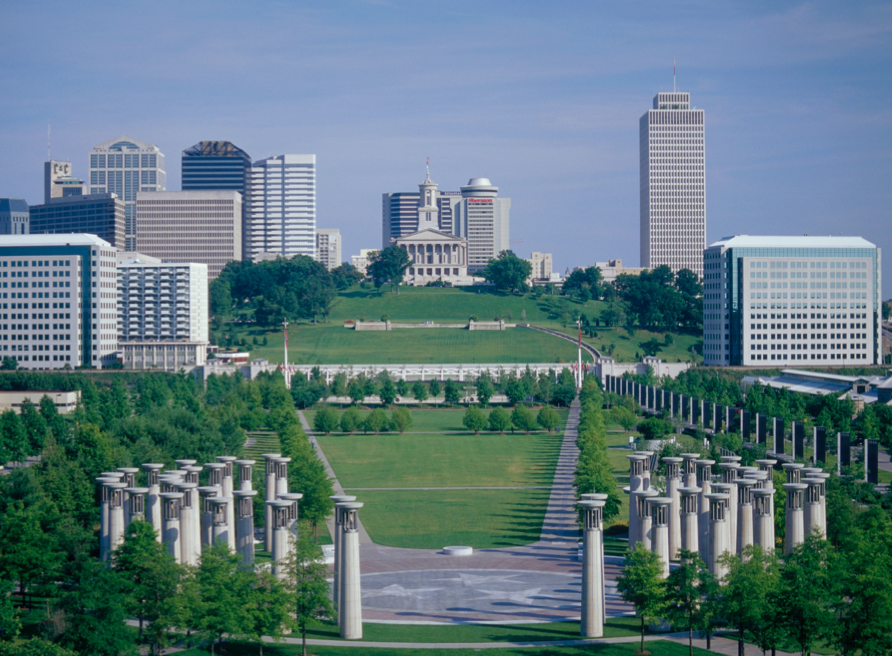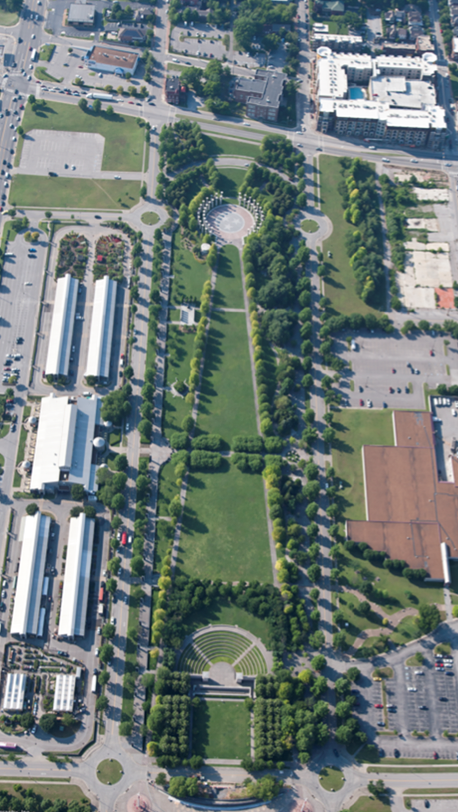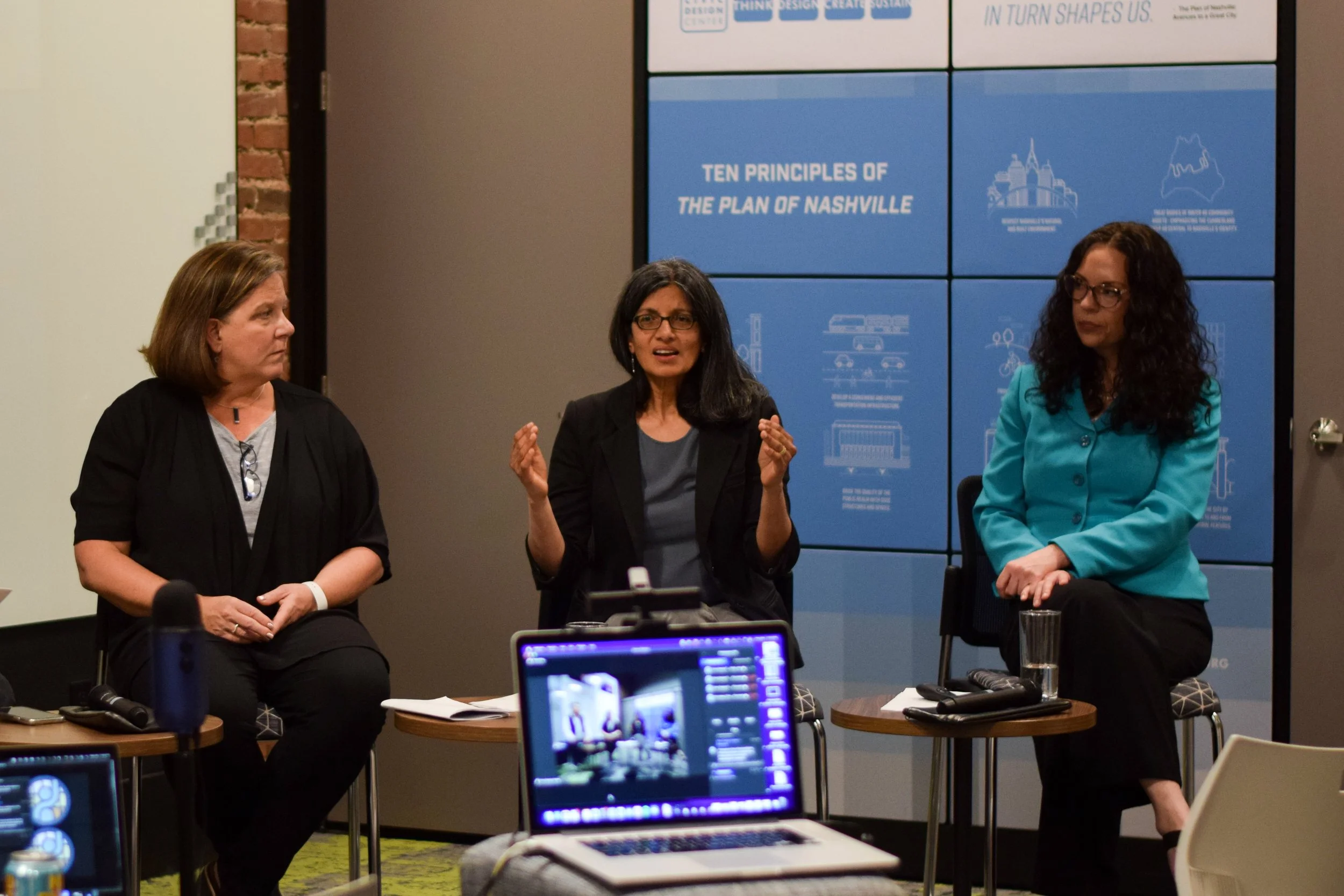Building Foundations
By Savannah Dupper, Writing Coordinator
3 min read Vanderbilt Women in Business Extern, Savannah Dupper, reflects on our second event in the Guiding Principle series, Foundation in Civic Design. Read on to hear some of the takeaways. Follow @civicdesignctr on Twitter #FoundCivicDesign to review the Live Tweets from the event.
Guiding Principles Pillar #2: FoundationWhen it comes to designing communities, there are some foundational elements that set its residents and visitors up for success. When these Foundation principles are overlooked, it would require great effort to instill these components into the development culture after the fact.
What forms a foundation?
Mary Roskilly (from left), in discussion with Hemalatha Gokhale and Jessica Dauphin.
In determining the foundation of a community, it is important to recognize the essential elements that enable its success, both visually and within its culture. Showcasing an area’s natural assets and landmarks, prioritizing health-enhancing designs, and creating a reliable, equitable system of transportation are paramount within civic planning. These foundational elements contribute to the construction of a long-lasting and thriving community.
Principal and partner at Tuck-Hinton Architecture and Design Mary Roskilly, former physician and overseer of Farm in the City Hemalatha Gokhale, and nonprofit professional speaker from the Transit Alliance Jessica Dauphin are experienced in promoting foundational elements of design. Throughout their panel discussion, they provided powerful insight on sightlines, health in communities, and equitable transportation.
enhancing civic spaces with landmarks
Organize community plans with sightlines that feature landmarks and natural assets to improve functionality and civic identity.
“Landmarks reinforce and reflect the values of a community.”
Mary Roskilly reveals the design behind Nashville's Bicentennial Mall Park.
To illustrate the importance of sightlines, Mary Roskilly discussed Tuck-Hinton’s involvement in the creation of the Bicentennial Mall Park. The park was designed with sightlines to the capitol building, allowing it to be showcased within the park. Setting up a framework that allows other buildings to be celebrated is vital, Roskilly said. The construction of additional civic buildings at the site, including the Tennessee Library and Archives, further enhances the architecture of the park.
Another park Roskilly’s firm contributed to, the Nashville Public Square Park, illustrates the importance of featuring nature in design. Transforming the parking lot outside of the courthouse into a park gave the building a stronger civic presence, and the view of the Cumberland River from the Founder’s Building further enhances the area’s natural features.
The view of the capitol building as seen from the Nashville Bicentennial Mall Park.
An aerial view of the Nashville Bicentennial Mall Park illustrating its sightlines.
Redefining health in communities
Provide health-promoting features that respond to neighborhood attributes.
“As a physician and a gardener, I’ve learned that medicine and gardening have gone together since the time of Hippocrates, the father of medicine. Herb gardens were our earliest medicine cabinets.”
Nashville residents plant seeds together in a local MDHA garden.
Setting aside green spaces for urban gardening, in addition to connecting communities with nature, can create opportunities for more social connectedness, which plays a significant role in health, Gokhale said.
Gokhale has been involved with an MDHA garden for more than 11 years, and it has experienced major growth during that time. By constructing a network of multiple spaces for growing food, neighbors are brought together with a shared common purpose, which results in meaningful human connections, Gokhale said. These garden spaces can be small or large, such as rooftops, a raised bed in a parking lot, and any other underutilized spaces.
“When doing anything in a city, it is vital to think about ways to increase social-connectedness.”
promoting equitable transportation
Develop an equitable and desirable transportation infrastructure.
“Individual freedoms are directly tied to mobility, and transportation is the foundation of modern life.”
In order to develop communities with a strong foundation, funding for multiple regional transportation infrastructure projects is essential, Dauphin said. Increased access to transportation creates support for communities and businesses, while also sustaining the local economy.
Improved access to transportation also facilitates equity by ensuring people, especially people of color, who make up a significant portion of public transit users, are able to reach their jobs and their education. Through the enhancement of transportation infrastructure, we can improve equity within the city of Nashville and support more individuals within its rapidly increasing population.
Jessica Dauphin gives a TEDx presentation on the importance of equity in transportation.
“I have a stake in the growth of this region, and I hope to see that it addresses the issue of transportation and gets it right, for ourselves and for future generations.”
Watch the Full Program
My Takeaways
Hemalatha Gokhale discusses the relationship between social connections and physical health.
Furthering my understanding the Foundation principle was eye-opening. Roskilly’s discussion of sightlines illustrated the deliberate planning process behind some of Nashville’s major architectural projects and the importance of showcasing civic buildings. I also found Gokhale’s perspective on public health enlightening, especially in relation to social connections. Dauphin’s mission to increase funding for transportation infrastructure was inspiring and will hopefully create tangible change in Nashville’s public transit system. Together, elements of the Foundation principle can create communities with bright futures.
Do you agree to advocate for foundation in civic design within your industry?








